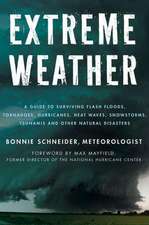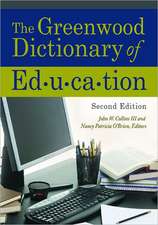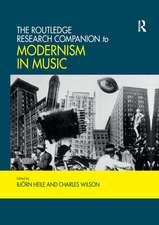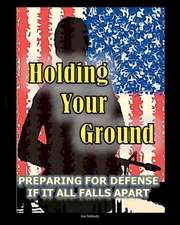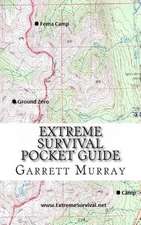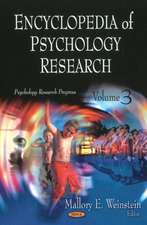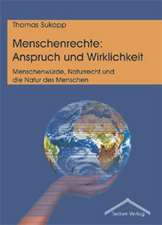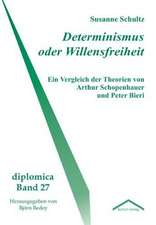Lessons in Lightness
Autor Mark Russellen Limba Engleză Paperback – 30 apr 2007
Preț: 289.76 lei
Nou
Puncte Express: 435
Preț estimativ în valută:
55.45€ • 57.29$ • 46.15£
55.45€ • 57.29$ • 46.15£
Carte tipărită la comandă
Livrare economică 26 martie-09 aprilie
Preluare comenzi: 021 569.72.76
Specificații
ISBN-13: 9781599210711
ISBN-10: 1599210711
Pagini: 200
Dimensiuni: 178 x 254 x 11 mm
Greutate: 0.45 kg
Ediția:1
Editura: Rowman & Littlefield
Locul publicării:United States
ISBN-10: 1599210711
Pagini: 200
Dimensiuni: 178 x 254 x 11 mm
Greutate: 0.45 kg
Ediția:1
Editura: Rowman & Littlefield
Locul publicării:United States
Notă biografică
I discovered my affinity for horses at the age of eight when my mother placed me on the back of a quiet draft horse and left us to graze for an entire afternoon. As soon as I was old enough I went to work at a sales barn and assisted in training and presenting horses. Noticing that my efforts were frequently hampered by poorly shod horses I enrolled in farrier school. For the next decade, my work consisted of a variety of endeavors: training Thoroughbred race horses, training western performance horses and Arabians, and continuing to shoe to improve my horses' movement and comfort.
By the late 1970s my business was split equally between shoeing and training. The fact that I was shoeing most of the horses I trained gave me a personal perspective into the unique way each horse traveled. It allowed me to feel from the saddle the effects of any corrective measures I had made to the hoof. As my client list grew, I gained exposure to other riding disciplines outside the western sphere. An introduction to dressage inspired me to examine the origins of classical horsemanship and the writings of the "old masters." As a result, I came to view dressage as essential to all horse training and incorporated its fundamental exercises into my own program regardless of riding discipline.
In the 1980s, while pleased with my success in horse training and the direction of my career overall, I wasn't content. There was an ever-present sense that something was absent from my work, some yet-to-be-discovered secret.
When a client invited me to attend a clinic with the Portuguese trainer Nuno Oliveira (1925-1989),who was touring the United States at the time, I agreed to join her though I had no particular knowledge of Oliveira or his work. The moment I saw Master Oliveira ride, I knew the secret that had eluded me was right before my eyes. I saw not only lightness, balance, and harmony, but a horse that was happy and proud in his work. Oliveira's humanity spoke to me through the movement of his horse-this was my revelation.
After attending that clinic for three days I decided to travel to Portugal to ride at Oliveira's school. While there, my perception of horse training changed dramatically: all of what I had known about the process collided with Oliveira's way of interpreting the horse. Through Master Oliveira's instruction, I learned the principles of riding in lightness, principles that had their roots in the teachings of the old masters, methods now referred to as classical dressage. In my lessons I learned to feel the horse as never before. That was Master Oliveira's gift to me. He taught me to learn from the horse every single day, to listen to the horse, and to feel from the horse, on the horse's terms, not mine. He taught me to focus on the nuances of communication, nuances that had eluded me in the past. I came away from that experience with a deep sense of understanding and purpose.
Since then I've worked with students and horses of all abilities and every background. Training in lightness gives the rider insight into an educational process whose goal is to achieve optimal unity between horse and rider. No matter how well you ride or how talented your horse may be, he can only do what you prepare him for and then ask for correctly. That is why a successful training program must work the horse and rider together as a unit.

